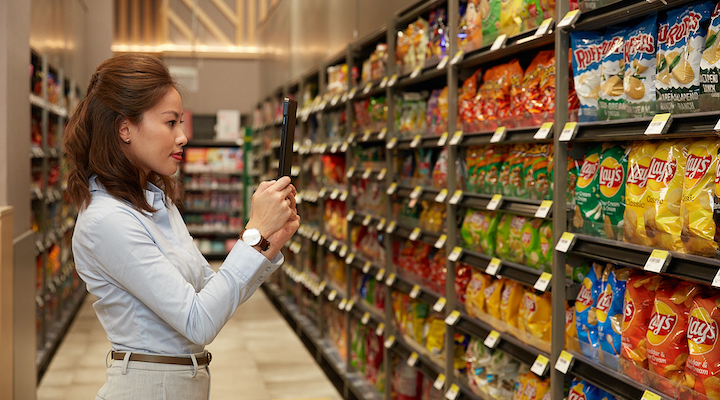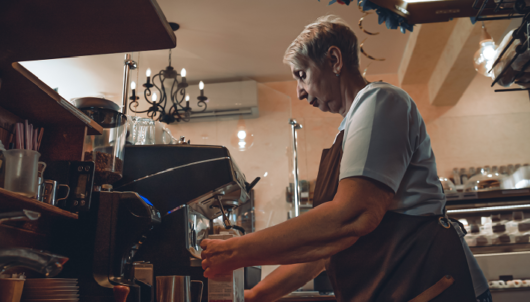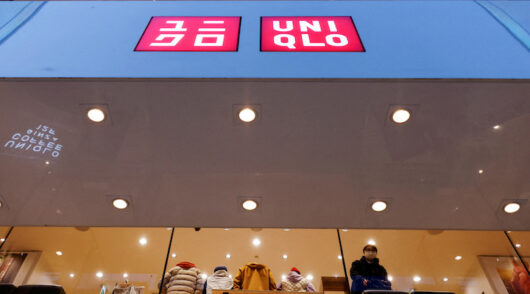The Covid pandemic has changed the way consumers shop and interact with brands.
With the retail environment across Asia changing so fast, retailers and consumer-product manufacturers are facing difficulties in predicting shopper behaviour – more so at the shelves – hence missing the opportunity to maximise revenue potential. Traditional in-store shelf execution strategies are even less dependable, if not obsolete.
Trax Retail helps global brands and retailers harness the power of digitising shelves to enable the best shopping experiences for consumers. Through the company’s IoT platform, it helps monitor the shelf and turn everyday shelf images into timely, actionable insights. Trax is enabling its retailer customers to leverage and thereby optimise their in-store execution strategy and product availability.
“We believe brands, retailers and shoppers need a better way to navigate the new retail reality, one that promises a more fulfilling and engaging shopper experience,” explains Nikhil Krishna, VP sales – APAC at Trax Retail.
“With Trax data and insights, customers gain granular, SKU-level visibility to changing store conditions and this is enabled by our technology platform based on computer vision and machine learning. This has been helping our CPG customers to regain shelf-share, optimise displays and improve placements while restoring standards and trade agreements with retailers,” Nikhil adds.
Data-driven decision making and actionability with continuous measurement in a closed-loop are what Krishna describes as “the need of the hour” in a world that is shifting out of lockdowns and closed borders into a new ‘endemic’ era where conditions on the shelf are dynamic along with changing regulations.
“They want to understand the so-called Zero-Moment-of-Truth which is getting redefined frequently because previous trends don’t stand true anymore,” says Nikhil.
Shelf images are uploaded through an easy-to-use mobile app by a sales rep or a commissioned shopper, or IoT devices like shelf or dome cameras that take pictures of a category’s main shelf aisles or promotional areas. These images are run through Trax’s patented machine-learning recognition engines to recognise the products, before being infused with contextual information specifically to provide customisable data insights and metrics for the specific problem to solve for brands and retailers alike.
For the last decade, Trax has been working with some of the world’s most-recognised CPG brands – including Unilever, GSK and Sanofi, to name a few. Manual compliance processes for measuring shelf execution are prone to errors and fraud, a time-consuming task for brands, especially if they want to understand their entire category. Companies today want to get time-sensitive and granular data rather than wait for reports from traditional sources so they can take action and in parallel, adjusting tactics to maximise sales.
To make things worse, during government-mandated lockdowns in many markets across Asia, in-store merchandisers and sales reps have often not been allowed to enter stores. When they were allowed, they’ve only been able to spend restricted time, focusing on taking orders, not carrying out long merchandising tasks and sales audits. Hence, time efficiency has become a core need and capturing images objectively has been an easy way for many.
More recently global and local retailers are coming on board to partner with Trax to solves issues around shelf gaps – improve and fixing them this helping in improving inventory planning.
“We are starting to see interesting conversations and engagements with retailers on reducing gaps on shelf, highlighting promotional pricing inconsistencies and improving product facing-to-location mix. All of these benefits with an improved level of store staff efficiency and actionability will help them focus on the most critical part of a store operations – customers.”
Faced with some of the most tumultuous changes to customer behaviour through the pandemic during the past 18 months, many companies across Asia have been setting out on a transformation journey to better manage stock levels, maintain their profitability, and improve their brand loyalty.
“Speed is critical. Supply chains cannot be changed instantaneously, it needs pre-planning. The ability to better plan and predict to ensure you don’t lose your product range availability on the shelf – that can influence market share – is critical,” says Nikhil.
“The Covid-19 pandemic has reduced consumers’ tolerance for out of stocks in supermarkets. In the current environment, if they find a product out of stock on the shelf for two consecutive visits, they will tend to shift their loyalty to another brand, make no purchase, or go to another store completely and they may never return,” he explains.
Trax’s technology can also help to harmonise inventory management with availability to optimise shelf space.
The innovation that will emerge in the retail industry over the next several years and an accelerated adoption due to this pandemic will change how we shop forever in brick and mortar.
“To keep up with the competitive market, focussing on where to start rather than just trying to get on the digital transformation curve, is the only way to win eventually,” says Krishna.
At Trax, we are looking forward to enabling the store of the future and helping CPG and retail companies meet the heightened expectations of consumers. Trax’s dynamic merchandising, analytics, and shelf-monitoring solutions to efficiently manage supply chains and merchandising efforts along with the shopper engagement initiatives will look to lead the way.
To learn more about how Trax’s solutions can help you understand what happens at the shelf and boost sales, contact us today at nikhil@traxretail.com






